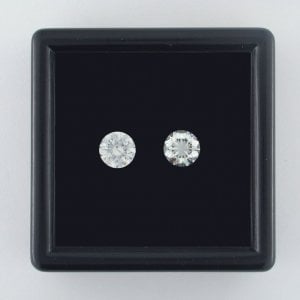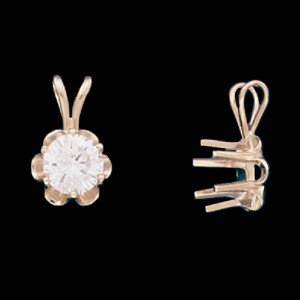- Joined
- Sep 3, 2000
- Messages
- 6,696
From time to time we read here that the kind and amount of lighting can fool the eye to an extent when it comes to judging diamond cut quality. Of course, in absolute terms, all diamonds are equal in a dark room, but this does not prove that all diamonds are equal under equal amounts and types of light otherwise.
Since personal taste comes into play with what "looks best" it would be very difficult to develop a means to test different cut styles in different lighting as to personal cut preference. We can discuss it, but we can''t tie it all up into a meaningful result.
One thing we can say is that poorly cut diamonds are obviously poorly cut under nearly all lighting circumstances. Low light levels give our eyes less ability to discriminate, so some poorly cut stones do look nice in candle light. Give our eyes enough light to make discrimination and fewer diamonds make it to the top of the scale of beauty.
Logic dictates that one must have enough light present to discriminate how well a diamond is cut. Having low lighting makes for poor discrimination, and does not make a poor diamond better. It can trick our eyes, but in grading diamonds it isn''t tricks we''re after, its discernible truth.
Since personal taste comes into play with what "looks best" it would be very difficult to develop a means to test different cut styles in different lighting as to personal cut preference. We can discuss it, but we can''t tie it all up into a meaningful result.
One thing we can say is that poorly cut diamonds are obviously poorly cut under nearly all lighting circumstances. Low light levels give our eyes less ability to discriminate, so some poorly cut stones do look nice in candle light. Give our eyes enough light to make discrimination and fewer diamonds make it to the top of the scale of beauty.
Logic dictates that one must have enough light present to discriminate how well a diamond is cut. Having low lighting makes for poor discrimination, and does not make a poor diamond better. It can trick our eyes, but in grading diamonds it isn''t tricks we''re after, its discernible truth.


















300x240.png)